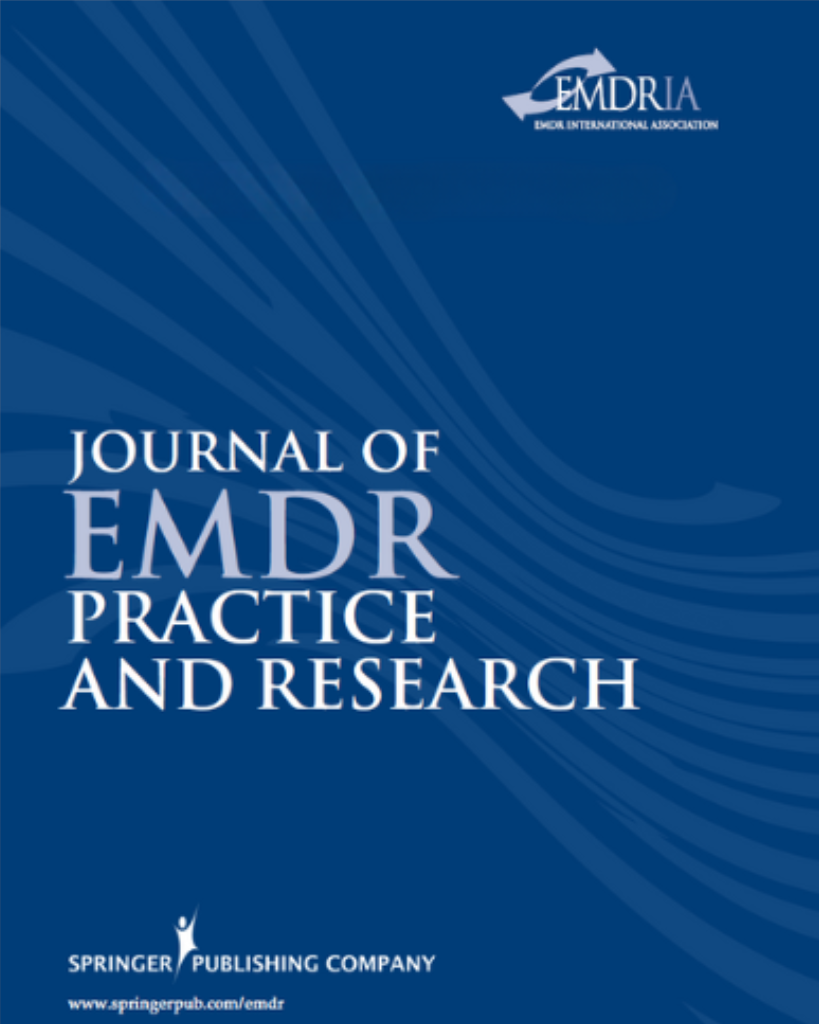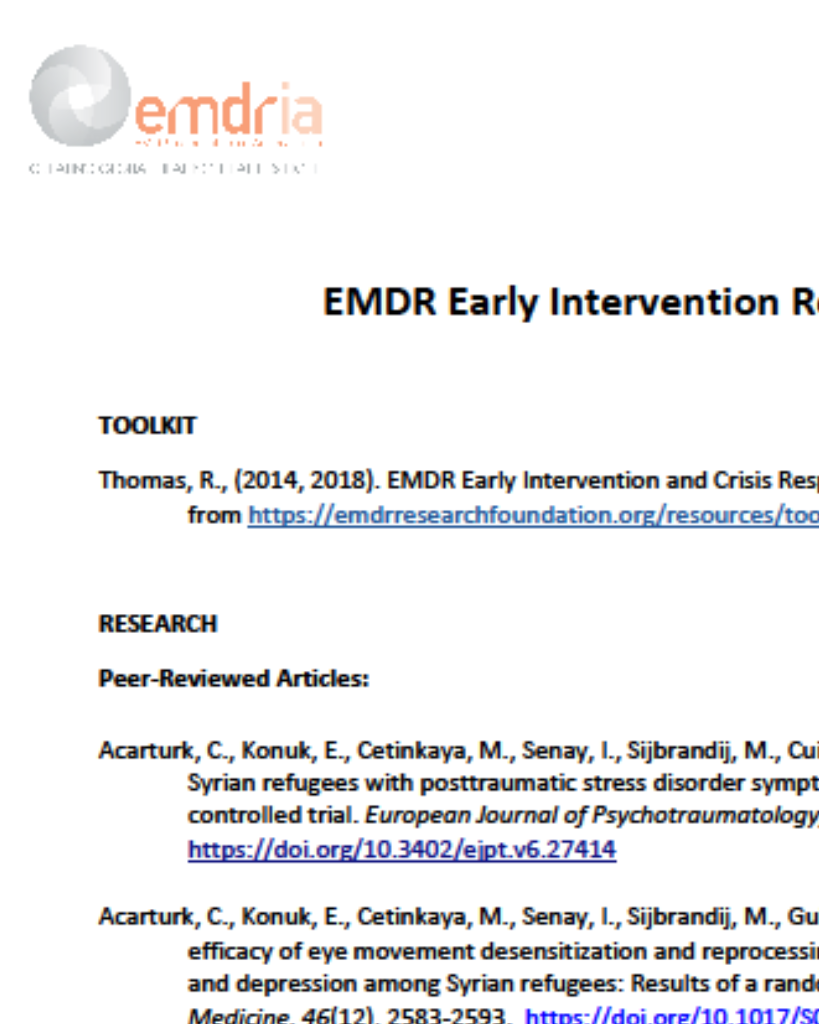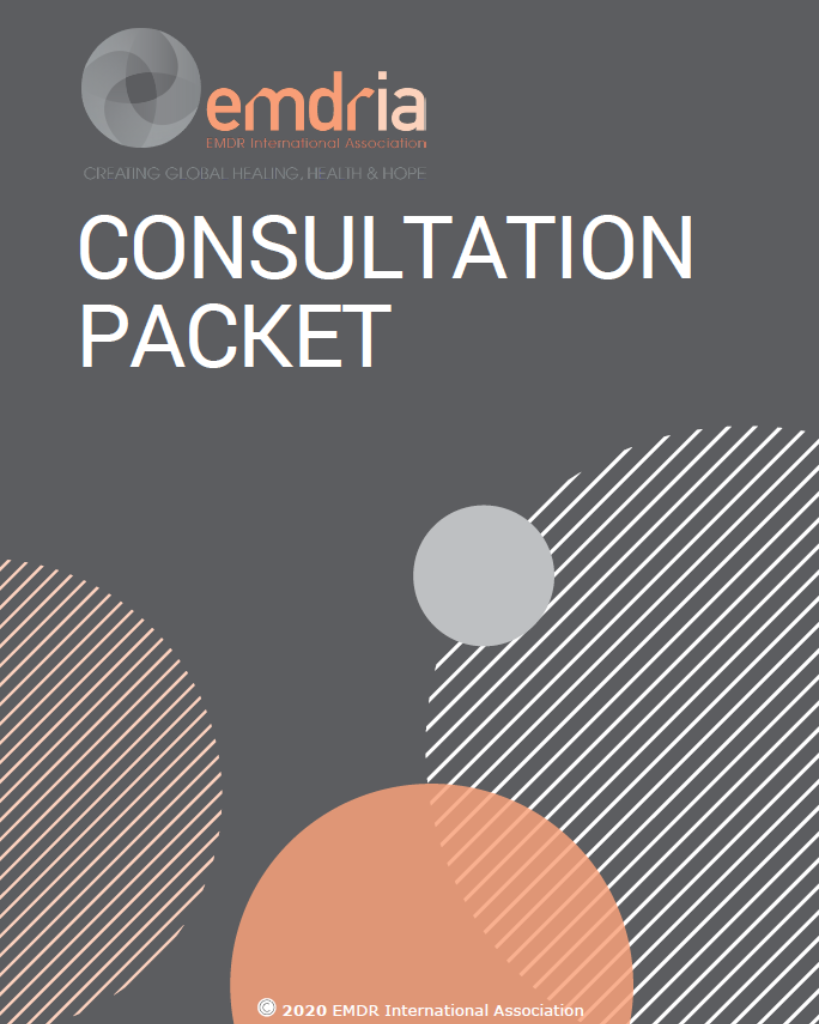A Working Memory Explanation for the Effects of Eye Movements in EMDR
Study tested working memory theory to investigate the effects of eye movement (EM) on the components of autobiographical memory.
Article Abstract
“Research has consistently demonstrated that performance is degraded when participants engage in two simultaneous tasks that require the same working memory resources. This study tested predictions from working memory theory to investigate the effects of eye movement (EM) on the components of autobiographical memory. In two experiments, 24 and 36 participants, respectively, focused on negative memories while engaging in three dual-attention EM tasks of increasing complexity. Compared to No-EM, Slow-EM and Fast-EM produced significantly decreased ratings of image vividness, thought clarity, and emotional intensity, and the more difficult Fast-EM resulted in larger decreases than did Slow-EM. The effects on emotional intensity were not consistent, with some preliminary evidence that a focus on memory-related thought might maintain emotional intensity during simple dual-attention tasks (Slow-EM, No-EM). The findings of our experiments support a working memory explanation for the effects of EM dual-attention tasks on autobiographical memory. Implications for understanding the mechanisms of action in EMDR are discussed.”
—Description from publisher
Article Access
Open Access
Maxfield, L., Melnyk, W. T., & Hayman, G. C. A. (2008). A Working Memory Explanation for the Effects of Eye Movements in EMDR. Journal of EMDR Practice and Research, 2(4), 247–261. https://doi.org/10.1891/1933-3196.2.4.247
About the Journal
The Journal of EMDR Practice and Research is a peer-reviewed publication devoted to integrative, state-of-the-art papers about Eye Movement Desensitization and Reprocessing. It is a broadly conceived interdisciplinary journal that stimulates and communicates research and theory about EMDR, and their application to clinical practice. The Journal of EMDR Practice and Research is the Official Publication of the EMDR International Association.
Date
November 1, 2008
Creator(s)
Louise Maxfield, William T. Melnyk, Gordon C. A. Hayman
Practice & Methods
BLS, Mechanisms of Action, Neurobiology
Extent
15 pages
Publisher
Springer Publishing Company
Rights
Copyright © 2008 EMDR International Association
APA Citation
Maxfield, L., Melnyk, W. T., & Hayman, G. C. A. (2008). A Working Memory Explanation for the Effects of Eye Movements in EMDR. Journal of EMDR Practice and Research, 2(4), 247–261. https://doi.org/10.1891/1933-3196.2.4.247
Series
2
Installment
4
Audience
EMDR Therapists
Language
English
Content Type
Peer-Reviewed
Original Source
Journal of EMDR Practice and Research
Access Type
Open Access





